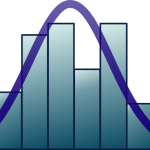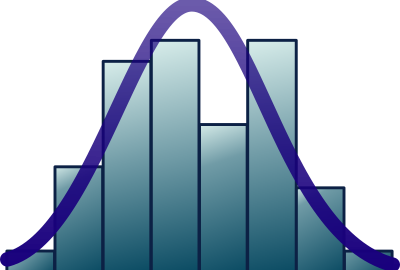Secondary impacts of harvest on wild populations and ecosystems
This module will provide an overview of the effects of harvesting on wild populations and the communities in which they exist. Traditional approaches to harvesting largely assume a population exists in isolation and that harvesting acts to primarily change the size and or composition of the population. Increasingly, however, evidence suggests that failure to consider secondary effects of harvesting may lead to decreased productivity, population decline and in some cases extirpation.
Course Contents
- Review of compensatory harvest theory
- Harvesting populations within a community
- Trophic interactions and Trophic cascades
- Stable states
- Evolutionary effects of fishing and hunting
- Management trade-offs
- Case studies
Final Competencies
1 Demonstrate an understanding of the extant theory of harvesting.
2 Synthesise the latest research on the secondary effects of population harvesting.
3 Critically evaluate the efficacy of current methods to incorporate secondary effects.
4 Explain implications of optimal population harvesting.
5 Describe how secondary impacts can be accounted for when evaluating harvest strategies.
Additional information regarding teaching methods
-
This module utilises a case study approach, seminal research papers are evaluated and discussed by the learners.
- It also utilises a role play component where learners must adopt a viewpoint supported by available evidence in debate with their peers tasked with holding opposite viewpoints.
Further course information can be found here: https://studiekiezer.ugent.be/studiefiche/en/C004333/2021




